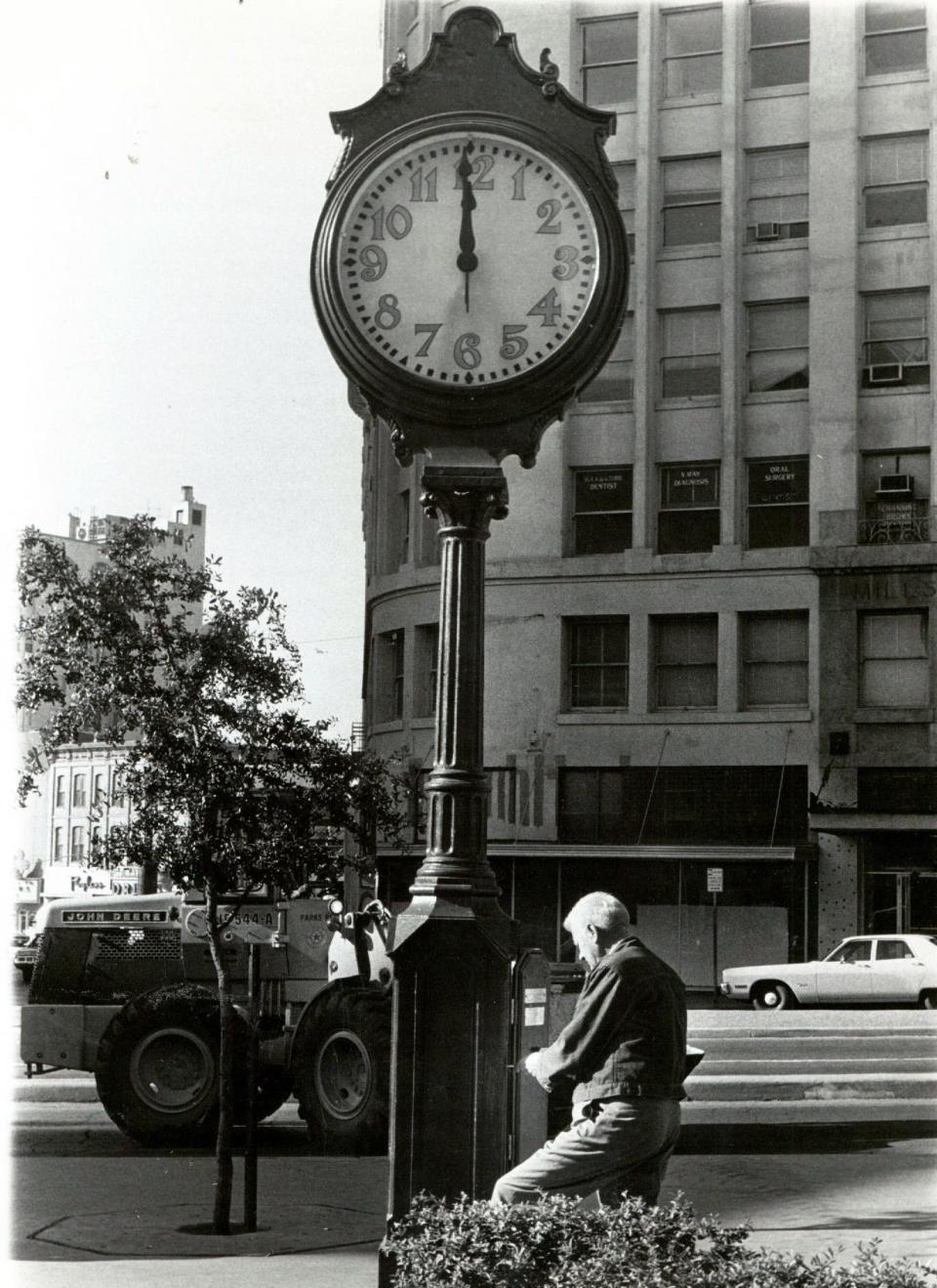When does daylight saving time end in El Paso? What it means for your sleep
Get ready to "fall back" and get an extra hour of sleep in November.
Daylight saving time is an annual period when the U.S. and other countries change the clocks to make daylight last longer. In March, the clocks "spring forward" an hour, and in November, they "fall back."
This year, daylight saving time in the U.S. happens from March 13 at 2 a.m. to November 6 at 2 a.m. That means daylight saving time "ends" on the first Sunday of November.
Though it comes up twice every year without fail, the concept of Daylight Saving Time leads to confusion and conversation every year — and we have Benjamin Franklin to thank for that.
Today, states may exempt themselves from daylight saving time. Hawaii, American Samoa, Guam, the Northern Mariana Islands, Puerto Rico, the Virgin Islands and most of Arizona do not observe daylight saving time.

And no, it's not Daylight "Savings" Time, despite how we may say it in everyday conversation.
Will we gain or lose an hour in November?
You may have heard the old proclamation, “We get an extra hour of sleep!” in November. Yes, November daylight saving time ending means a bit more sleep when the clock remains in position for another hour.
Winston Churchill once described daylight saving time as “An extra yawn one morning in the springtime, an extra snooze one night in the autumn is all that we ask in return for dazzling gifts. We borrow an hour one night in April; we pay it back with golden interest five months later.”
El Paso time zone differs from rest of Texas, why?
El Paso has always been on Mountain time, despite which time zone the federal government put it in.
On March 4, 1921, by the authority of the secretary of transportation, El Paso and the rest of Texas was placed in the Central time zone. Still, El Paso ignored the legislation for more than 40 years and continued to operate on Mountain time.
More: Need to get around Downtown? Here's what to know about riding the El Paso Streetcar
Then the Uniform Time Act of 1966 was adopted. To go into effect April 30, 1967, the act compelled every part of the country to start conforming with both standard and daylight saving time zones.
El Pasoans again decided they didn't want to observe daylight saving time or be made to switch to Central time. In January 1967, the city, county and chamber of commerce adopted a joint resolution to keep El Paso on Mountain time.
On April 10, 1970, a change was made to the Uniform Time Act and El Paso kept its time zone.
Will daylight saving time be eliminated in 2022?
In March, the Senate unanimously passed the Sunshine Protection Act of 2021. The bill would extend daylight saving time from the usual March to November period to the entire year. If it becomes law, it means the clocks will not change after the spring forward in March 2023. But for now, while the bill awaits a House vote, daylight saving time remains.
Mexico’s Senate also recently approved the elimination of daylight-saving time.
USA Today contributed to this report.
This article originally appeared on El Paso Times: When is Daylight Saving Time? Get an extra hour of sleep in November

